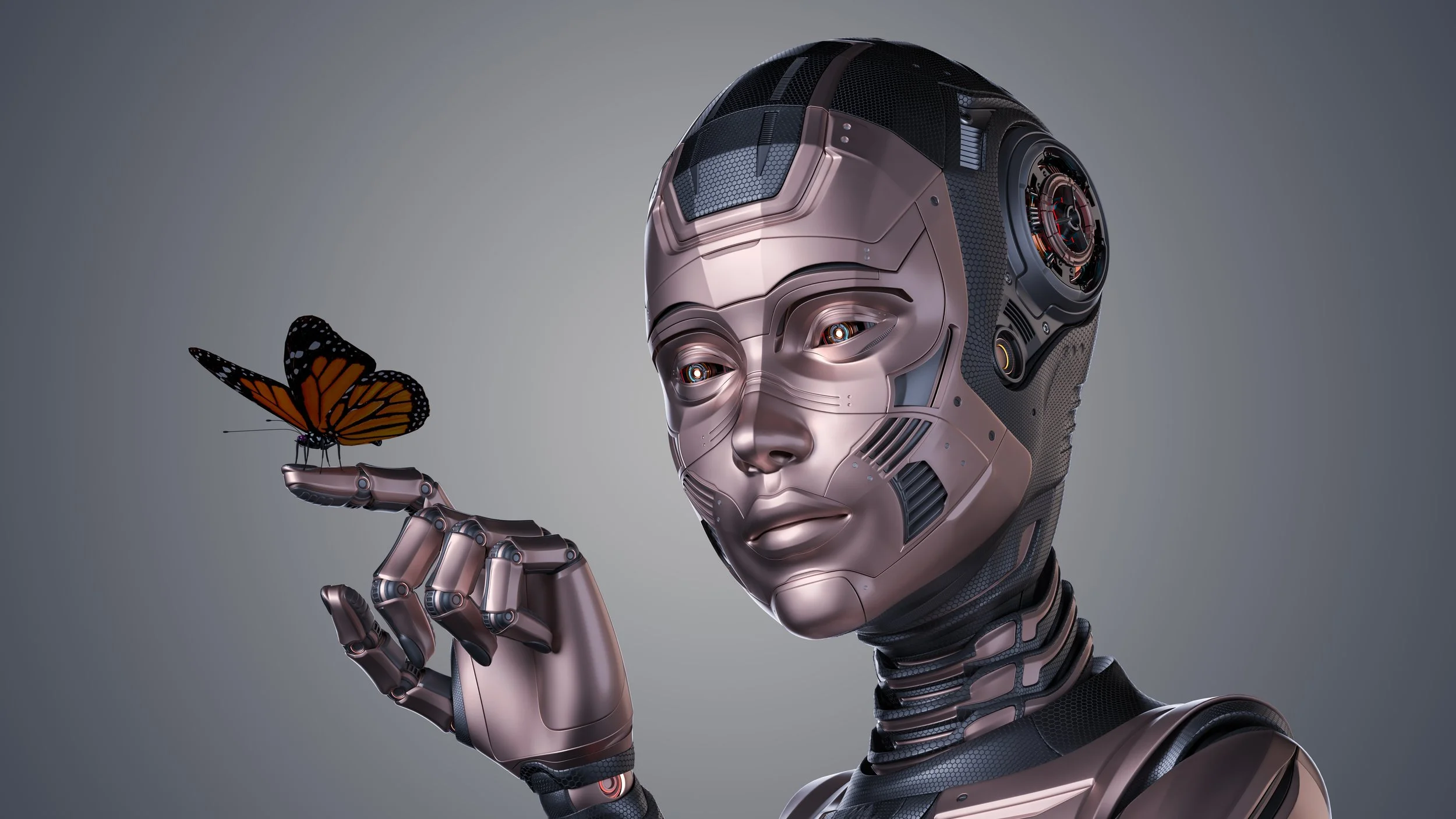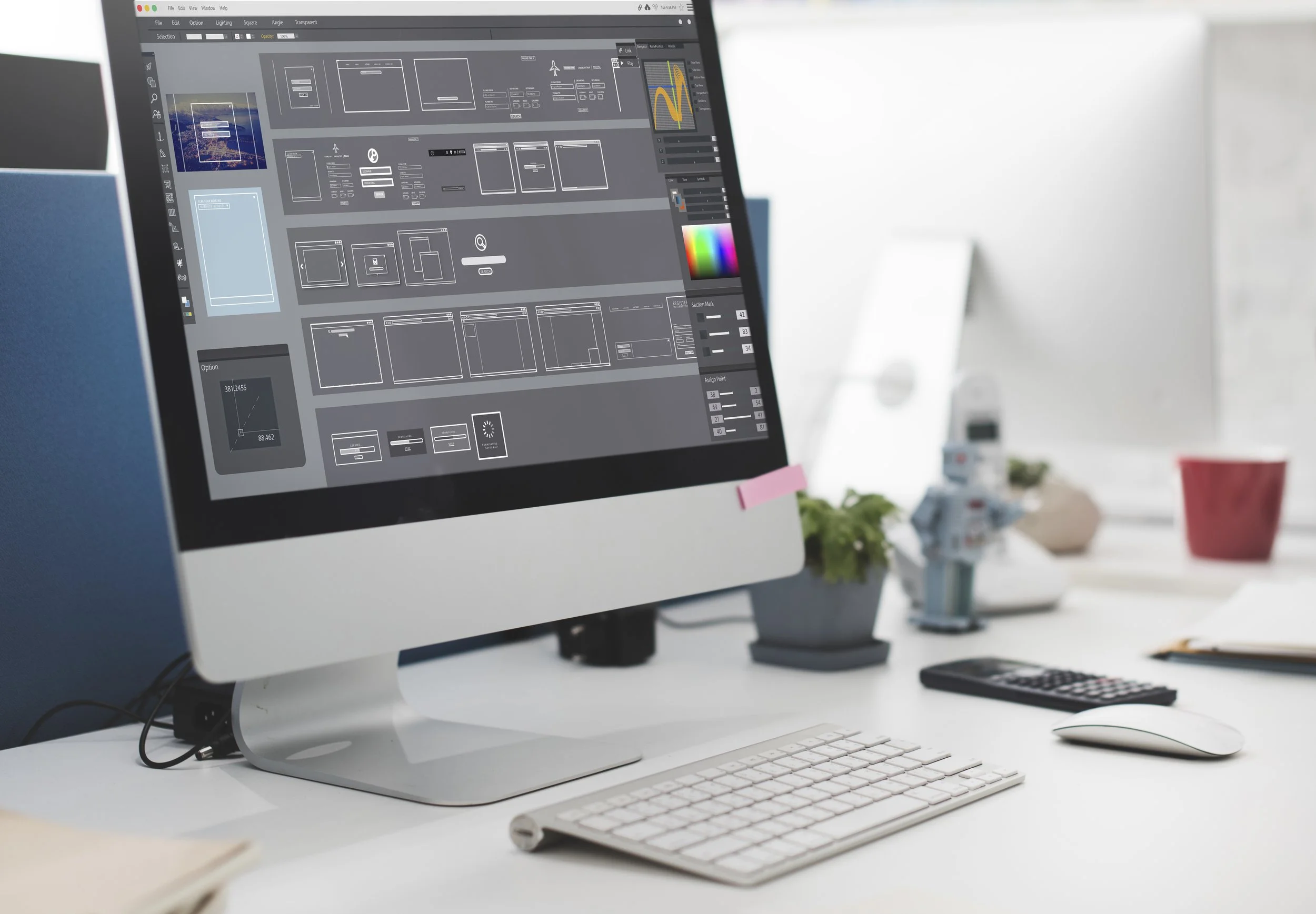Why Your Digital Ads Need to Be Designed by a Human—Not Just an AI Tool
Let’s face it: AI design tools like Canva are everywhere. They're fast, convenient, and packed with drag-and-drop templates that promise professional results. But if you want digital ads that stand out—not just blend in—you need more than automation.
When it comes to digital ad design, nothing beats the eye and intuition of a real designer.
1. Humans Understand Emotion. AI Understands Data
"AI’s influence on design transcends mere efficiency—it’s a catalyst that reinvigorates artistic ingenuity. Instead of replacing human creativity, AI becomes an enabler."
— Amey Patil, ProCreator.Design
AI runs on patterns. Designers run on purpose.
In today’s crowded online space, great branding and marketing isn't just about pretty visuals—it’s about emotional connection. That can’t be faked with a template. A designer knows how to create scroll-stopping moments by shaping visuals that speak directly to your audience.
2. Templates Trap Your Brand in Sameness
Canva has made DIY graphic design easier than ever, but that ease comes with a cost: originality.
Scroll your feed and you’ll spot dozens of ads that look eerily similar. That’s the downside of relying on AI-generated templates, they create repetition, not recognition. If you're serious about building a memorable brand, custom ad design is a must.
Professional designers tailor every element from color, font, and layout to reflect your brand’s identity, not a generic theme.
3. Design Without Strategy Is Just Decoration
"Runway ML bridges the gap between conceptual ideas and tangible designs... dramatically changing the ideation phase for designers." — Amey Patil, ProCreator.Design
One of the biggest myths in the graphic design vs Canva debate is that design is all about looks. It’s not. Effective ad design starts with strategy, something AI tools can’t provide.
A designer asks:
Who is this for?
What’s the campaign goal?
Where will this ad live—Instagram, print, or email?





